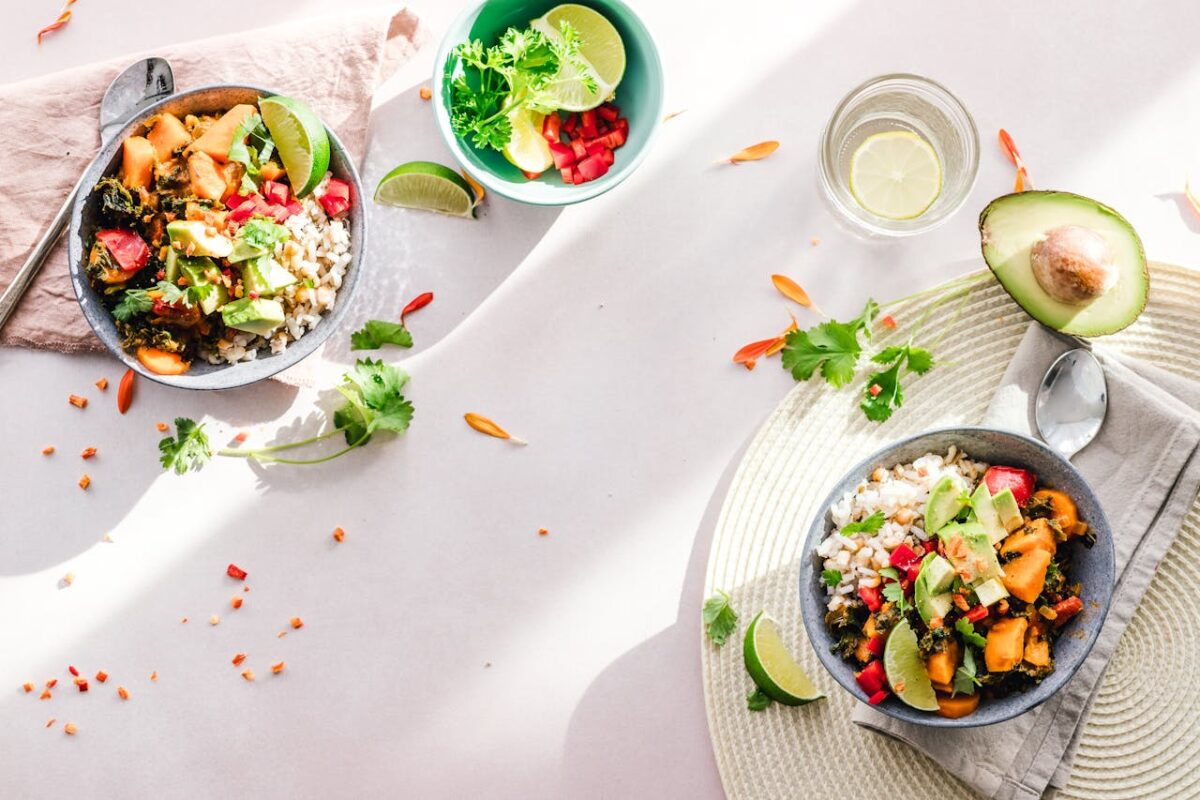
Eating a diet rich in fruits and vegetables is crucial for maintaining overall health and well-being. These foods are packed with essential vitamins, minerals, fiber, and antioxidants, which help to boost immunity, improve digestion, and reduce the risk of chronic diseases. However, despite their numerous benefits, many people struggle to consume the recommended daily servings. This article provides practical tips and strategies to help you incorporate more fruits and vegetables into your diet, making it easier to enjoy their health benefits.
Understanding the Benefits of Fruits and Vegetables
Before delving into the how, it’s essential to understand the why. Fruits and vegetables offer a plethora of health benefits:
- Nutrient Density: They are low in calories but high in essential nutrients like vitamins A, C, and K, potassium, and dietary fiber.
- Disease Prevention: Regular consumption can lower the risk of heart disease, stroke, cancer, and other chronic conditions.
- Digestive Health: The high fiber content aids in digestion, preventing constipation and promoting a healthy gut.
- Weight Management: Low in calories and high in fiber, fruits and vegetables can help you feel full longer, aiding in weight control.
- Antioxidant Properties: They contain antioxidants that combat oxidative stress, reducing inflammation and slowing the aging process.
Tips for Increasing Fruit and Vegetable Intake
1. Start Your Day with Fruits and Vegetables
Breakfast is an excellent opportunity to kickstart your daily intake of fruits and vegetables. Consider these ideas:
- Smoothies: Blend a variety of fruits and vegetables for a nutrient-packed smoothie. Use ingredients like spinach, kale, bananas, berries, and a splash of almond milk or yogurt.
- Omelets: Add vegetables like bell peppers, tomatoes, spinach, and mushrooms to your morning eggs.
- Fruit Toppings: Top your cereal, oatmeal, or yogurt with fresh fruits such as berries, sliced bananas, or kiwi.
2. Make Fruits and Vegetables Accessible
Out of sight, out of mind applies here. Keep fruits and vegetables visible and accessible to encourage consumption:
- Fruit Bowls: Place a bowl of fresh fruit on your kitchen counter or dining table.
- Pre-cut Veggies: Store pre-cut vegetables like carrots, celery, and bell peppers in clear containers in the fridge for easy snacking.
- Frozen Options: Keep a stock of frozen fruits and vegetables for quick additions to meals and smoothies.
3. Incorporate Vegetables into Main Dishes
Enhance your main meals with vegetables:
- Pasta and Rice: Add vegetables like spinach, zucchini, or broccoli to pasta dishes and rice bowls.
- Soups and Stews: Bulk up soups and stews with a variety of vegetables.
- Sandwiches and Wraps: Include lettuce, tomatoes, cucumbers, and other veggies in sandwiches and wraps.
4. Snack on Fruits and Vegetables
Healthy snacking can significantly increase your intake:
- Fruit Snacks: Keep apples, oranges, and grapes handy for quick snacks.
- Veggie Snacks: Enjoy raw vegetables like carrot sticks, cucumber slices, and cherry tomatoes with hummus or a yogurt dip.
- Dried Fruits: Opt for dried fruits like apricots, raisins, and figs, but be mindful of added sugars.
5. Experiment with New Recipes
Variety keeps things interesting. Try new recipes that feature fruits and vegetables:
- Stir-Fries: Experiment with different vegetable combinations and sauces.
- Salads: Create diverse salads with mixed greens, fruits, nuts, and a variety of vegetables.
- Vegetable-Based Dishes: Try dishes like ratatouille, stuffed bell peppers, or vegetable lasagna.
6. Use Fruits and Vegetables in Baking
Baking can be a fun way to include more fruits and vegetables:
- Fruit Muffins and Bread: Add fruits like blueberries, bananas, and apples to muffins and bread recipes.
- Vegetable Bakes: Incorporate vegetables like zucchini, carrots, and pumpkin into cakes and breads.
7. Drink Your Fruits and Vegetables
Beverages can also be a great way to increase intake:
- Fruit Juices: Choose 100% fruit juices without added sugars.
- Vegetable Juices: Make your own vegetable juices with a juicer, combining vegetables like carrots, celery, and beets.
- Infused Water: Add slices of fruits and vegetables like cucumber, lemon, and strawberries to your water for added flavor.
8. Be Creative with Presentation
Sometimes, the way food looks can influence our desire to eat it:
- Fruit Platters: Create colorful fruit platters or fruit skewers for a visually appealing snack.
- Vegetable Platters: Arrange a variety of colorful vegetables on a platter with a tasty dip.
- Decorative Salads: Use different shapes and colors to make salads more attractive.
9. Involve the Family
Getting the whole family involved can make it easier to increase fruit and vegetable intake:
- Cooking Together: Encourage family members to help with meal preparation.
- Gardening: Grow your own fruits and vegetables in a garden or containers.
- Taste Tests: Have fun taste-testing new fruits and vegetables together.
10. Make Gradual Changes
Incorporating more fruits and vegetables doesn’t have to be overwhelming:
- Set Goals: Start by setting small, achievable goals, such as adding one extra serving of fruits or vegetables per day.
- Gradual Substitution: Gradually replace less healthy snacks and side dishes with fruits and vegetables.
- Consistency: Consistently include fruits and vegetables in your meals and snacks until it becomes a habit.
Combining more fruits and vegetables into your diet is a practical and rewarding step towards better health. By starting your day with fruits and vegetables, making them accessible, incorporating them into main dishes, snacking smartly, experimenting with new recipes, using them in baking, drinking them, presenting them creatively, involving the family, and making gradual changes, you can easily boost your intake. Remember, the key is to make fruits and vegetables an enjoyable and regular part of your daily routine. With these strategies, you’ll find that eating more fruits and vegetables becomes a natural and enjoyable habit, leading to a healthier and more vibrant life.







